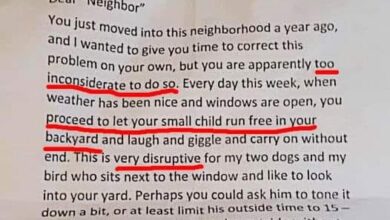New proposal could keep Donald Trump president until 2032

The United States may undergo significant changes under the leadership of businessman-turned-president Donald Trump.Wasting no time, Trump swiftly took action to fulfill several campaign promises, including withdrawing from the World Health Organization and renaming the Gulf of Mexico. These moves were executed through a series of executive orders.
During his inauguration speech, Trump declared, “The golden age of America begins right now,” positioning himself as a “peacemaker and unifier.”However, some believe that the sweeping changes he has proposed would require more than a single four-year term to implement.
In response, Congressman Andy Ogles introduced a House Joint Resolution proposing an amendment to the U.S. Constitution that would allow a president to serve up to three terms instead of the current two-term limit.
“President Trump’s decisive leadership stands in stark contrast to the chaos, economic hardship, and instability Americans have endured over the past four years. He has proven to be the only modern leader capable of reversing the nation’s decline and restoring its greatness. He must be given the necessary time to complete this mission,” Ogles stated on his website.
“To that end, I am proposing a constitutional amendment to revise the term restrictions imposed by the 22nd Amendment. This change would allow President Trump to serve three terms, ensuring the continuation of the strong leadership our country urgently needs.”Currently, the 22nd Amendment, ratified in 1951, limits a president to two terms. It was passed after Franklin D. Roosevelt’s unprecedented four-term presidency, making him the only U.S. president to serve more than two terms.Ogles further emphasized the urgency of providing Trump with every available resource to correct what he described as the failures of the Biden administration.
For this amendment to take effect, it must first be approved by at least a two-thirds majority in both the House of Representatives and the Senate. Following that, at least 38 of the 50 U.S. states would need to ratify the measure before it could become law.




